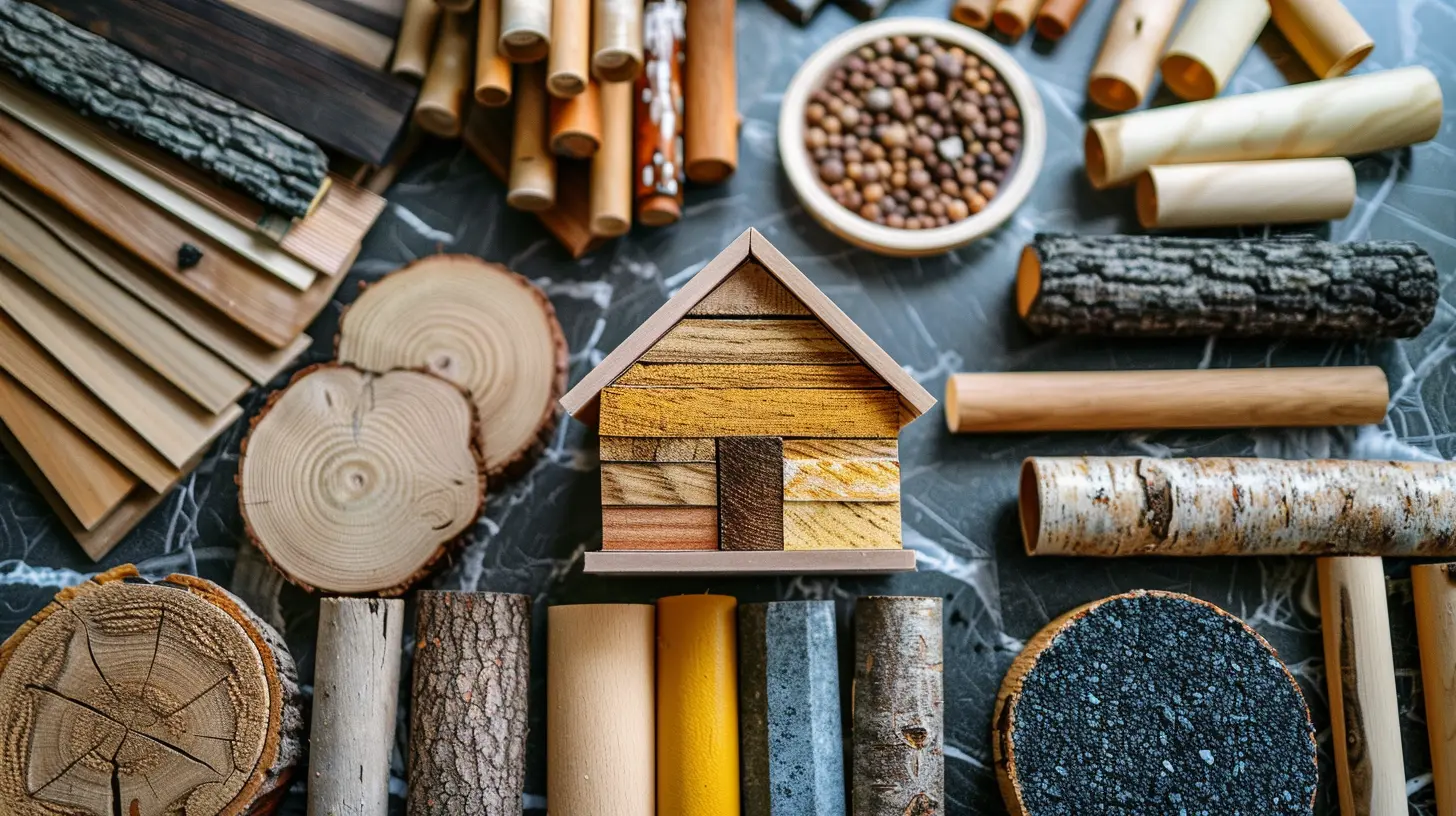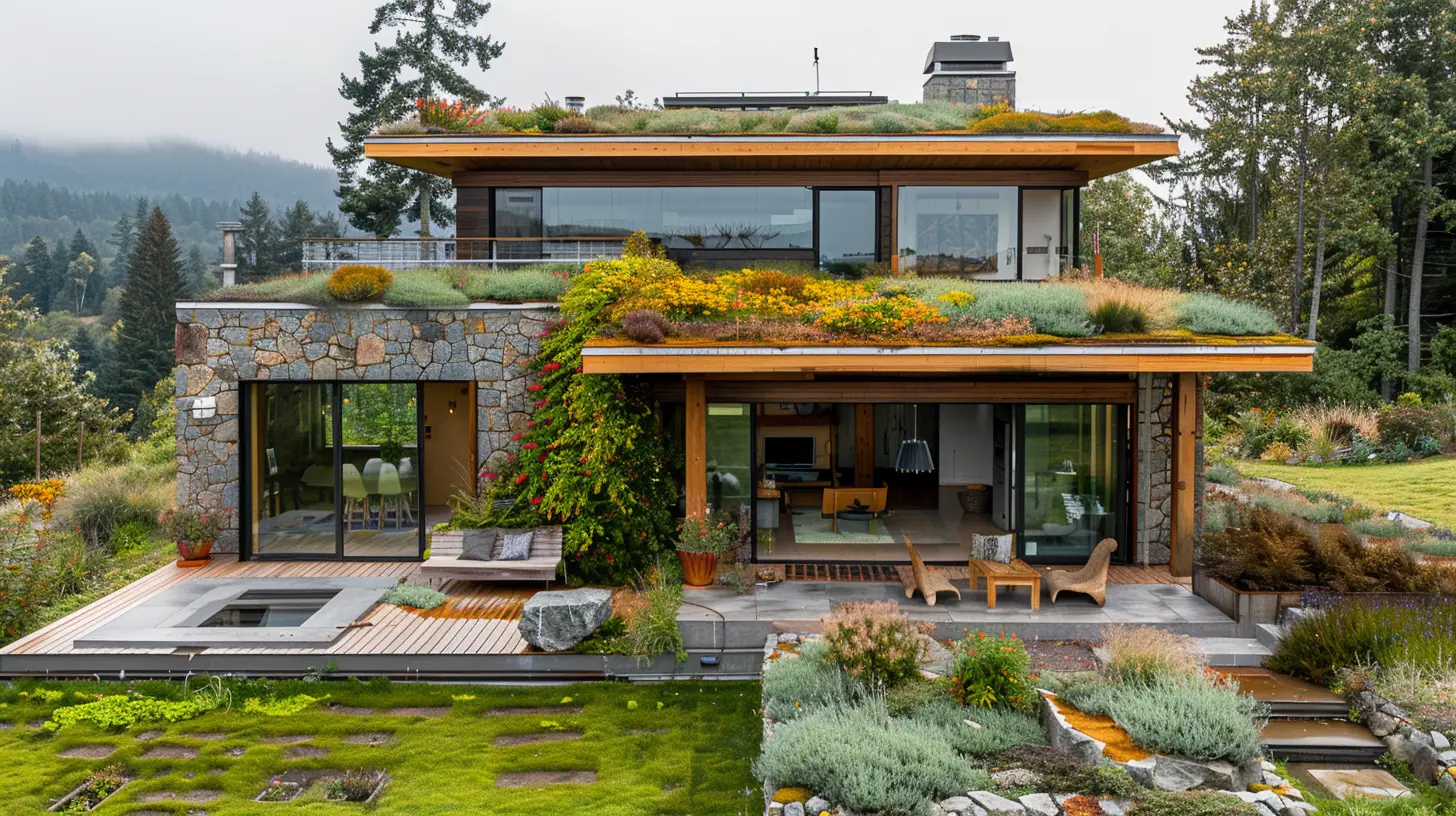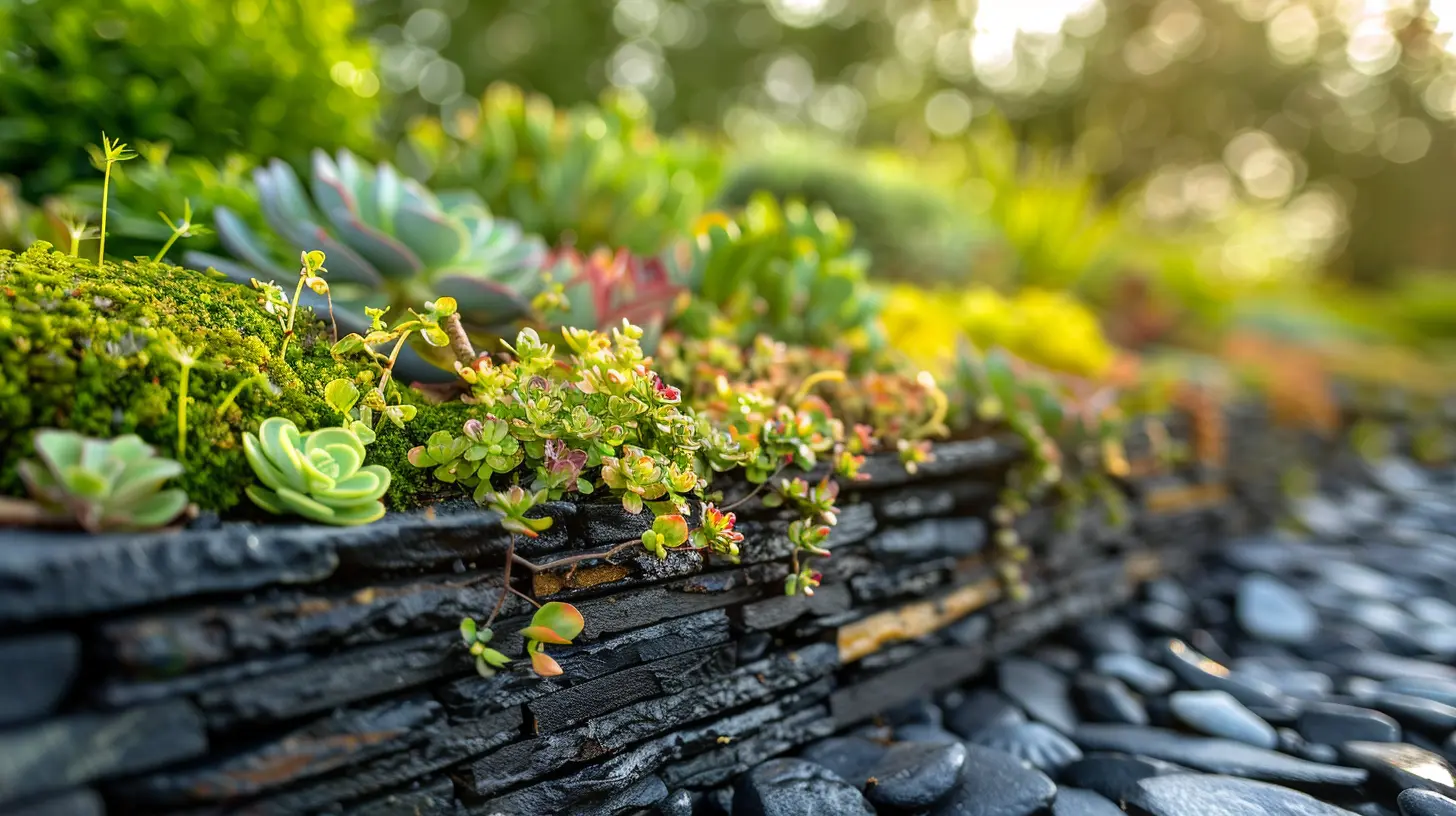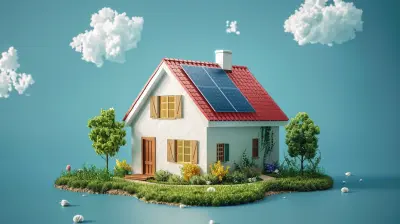Locally Sourced Materials for Eco-Friendly Construction
24 August 2025
Building Green, Building Home
Picture this: a house that breathes with the land, walls that tell the story of the soil, and a roof that embraces the sky. Imagine stepping into a home built not from materials shipped across oceans but from the earth beneath your feet. This is the magic of using locally sourced materials for eco-friendly construction—a movement that doesn't just build houses but nurtures harmony with nature.
In a world where sustainability is no longer a luxury but a necessity, local materials are transforming the construction industry. They offer a way to reduce environmental impact, support local economies, and create dwellings that feel truly connected to their surroundings. So, why look beyond what’s naturally available when the best building blocks are right here?

Why Locally Sourced Materials Matter
The construction industry is one of the biggest contributors to carbon emissions, with long supply chains, energy-intensive production, and massive waste. But by choosing materials sourced nearby, we cut down transportation emissions, support regional artisans, and embrace the unique character of an area.Think about it—why import stone from miles away when there’s a quarry in your town? Why buy mass-produced bricks when the earth beneath you can be molded into sturdy walls? Using what’s locally available isn’t just practical; it’s poetic.
Let’s dig deeper into the benefits of using locally sourced materials.
1. Lower Carbon Footprint
Transporting building materials across the world requires fuel—lots of it. The shipping, trucking, and handling all add up, leaving behind a hefty carbon footprint. By using materials sourced from nearby, you’re cutting out these emissions and reducing your home's environmental impact.2. Cost-Effective and Accessible
Why pay for the extra costs of shipping and importing when you can find durable, high-quality materials close by? Not only does sourcing locally save money, but it also ensures a steady supply, avoiding delays from overseas shipments or unexpected shortages.3. Supports Local Economies
When you buy from local suppliers, you’re not just building a house—you’re building a community. Supporting local businesses, artisans, and laborers strengthens the economy and encourages sustainable practices within the region.4. Natural Adaptation to Climate
Locally sourced materials are naturally suited to their environment. Stone, clay, wood—each material has adapted over centuries to withstand local weather patterns. A home built with regionally appropriate materials feels in sync with nature, offering better insulation and durability.
The Best Locally Sourced Materials for Eco-Friendly Construction
Now that we know why local materials matter, let’s look at some of the best options available for sustainable building.1. Earth and Clay: The Soul of the Soil
There’s nothing more ancient than building with earth. Adobe, cob, rammed earth—these materials have been used for centuries and remain some of the most eco-friendly options.- Adobe Bricks: Made from sun-dried clay and straw, adobe provides excellent insulation, keeping a home warm in winter and cool in summer.
- Rammed Earth: Layers of compacted soil create sturdy, natural walls with a unique, earthy aesthetic.
- Cob: A blend of clay, sand, and straw, cob homes have an organic, sculpted beauty and are incredibly energy-efficient.
2. Timber: The Living Material
Wood, when sourced sustainably, is one of the most versatile and eco-friendly materials. Responsibly harvested timber, such as bamboo or reclaimed wood, minimizes environmental impact while adding warmth and character to a home.- Bamboo: Fast-growing and incredibly strong, bamboo is a sustainable alternative to traditional hardwoods.
- Reclaimed Wood: Using salvaged wood reduces deforestation and gives new life to materials that would otherwise go to waste.
3. Stone: Nature’s Own Fortress
Locally quarried stone is not just durable—it’s breathtaking. Whether it’s granite, limestone, or slate, stone offers natural insulation, fire resistance, and a timeless appeal.- Limestone & Sandstone: Perfect for both structural and decorative elements, these stones naturally regulate temperature.
- Granite & Basalt: Virtually indestructible, these stones add strength and longevity to any build.
4. Straw Bales: Insulation with a Golden Glow
Straw bale construction is an ancient technique making a modern comeback. Packed tightly, straw bales provide fantastic insulation, keeping homes energy-efficient year-round. Plus, they’re often sourced from agricultural waste, making them a true zero-waste option.5. Recycled and Reclaimed Materials: Beauty in Second Chances
One man’s trash is another’s treasure—especially in construction. Recycled brick, reclaimed steel, and salvaged glass can all find new life in eco-friendly homes.- Recycled Brick: Adds character and charm while reducing waste.
- Salvaged Metal: Roofing, beams, and fixtures made from reclaimed metal save energy and resources.
- Reused Glass & Windows: Not only stylish but also a creative way to reduce landfill waste. 
The Future of Local and Sustainable Building
As the world shifts toward sustainability, locally sourced materials are becoming more than just an alternative—they're the way forward. With advances in green technology, builders are finding innovative ways to merge tradition with modern efficiency.From earthbag homes to 3D-printed structures using regional materials, the possibilities are expanding. By embracing what nature provides, we’re not just constructing shelters; we’re creating sustainable sanctuaries that stand the test of time.
A Home That Tells a Story
Every grain of sand, every slab of stone, every wooden beam carries a story. When you build with local materials, you’re not just assembling a house—you’re weaving a narrative of place, culture, and sustainability.So, the next time you're planning to build, ask yourself: What’s beneath my feet? What does my land offer? Because sometimes, the best materials aren’t found in catalogs or shipped in cargo. They’re right here, waiting to be shaped into something extraordinary. 
Final Thoughts
Eco-friendly construction isn’t just about reducing harm—it’s about embracing balance. By choosing locally sourced materials, we honor the land, support our communities, and craft homes that truly belong to their environment. Whether it’s the warmth of timber, the strength of stone, or the resilience of earth, nature offers everything we need to build a sustainable future.And perhaps, just perhaps, the houses built this way won’t just shelter us—they’ll remind us of our place in the world, grounded, connected, and inspired.
all images in this post were generated using AI tools
Category:
Sustainable HousingAuthor:

Cynthia Wilkins
Discussion
rate this article
1 comments
Robert Mathews
Embrace local materials; they enhance sustainability and community value.
August 31, 2025 at 3:31 AM

Cynthia Wilkins
Absolutely! Local materials not only reduce environmental impact but also strengthen community ties and support the local economy.


